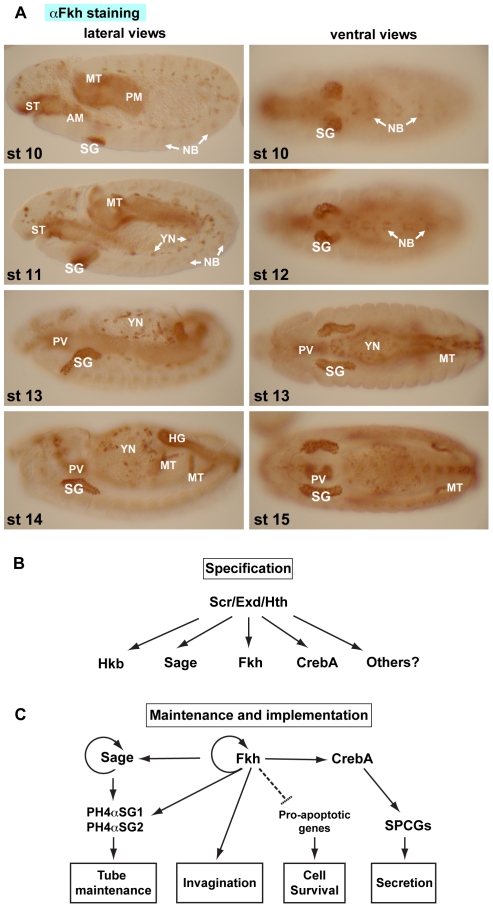Figure 1. Fkh plays a major role in salivary gland development.
(A) Fork head (Fkh) is expressed in the secretory cells of the salivary gland (SG), anterior and posterior midgut primordia (AM and PM), stomadeum (ST), Malpighian tubules (MT), a subset of neuroblasts (NB), yolk nuclei (YN), hindgut (HG) and proventriculus (PV). (B) SG specification requires parasegment 2-expressed Sex combs reduced (Scr) and two more widely-expressed cofactors, Extradenticle (Exd) and Homothorax (Hth). Scr with Exd and Hth activate several early SG transcription factors, including Huckebein (Hkb), Sage, Fkh, CrebA and others. Expression of Scr and Hth and nuclear Exd localization disappear during embryonic stage 11. Thus, Scr, Exd and Hth are not involved in maintaining SG gene expression. Some early-expressed transcription factors, such as Hkb, are also only transiently expressed in the SG. (C) Three early expressed transcription factors, Sage, Fkh and CrebA, continue to be expressed in the SG until early pupal stages when the cells are histolyzed during metamorphosis. Maintained SG expression of these genes requires Fkh, which directly regulates its own expression and that of both CrebA and Sage. Fkh is required for SG invagination and SG cell survival. Fkh and Sage control expression PH4αSG1 and PH4αSG2, two genes required to maintain an open patent SG lumen. CrebA elevates expression of secretory pathway component genes (SPCGs) required for the high level secretory capacity of the SG.

